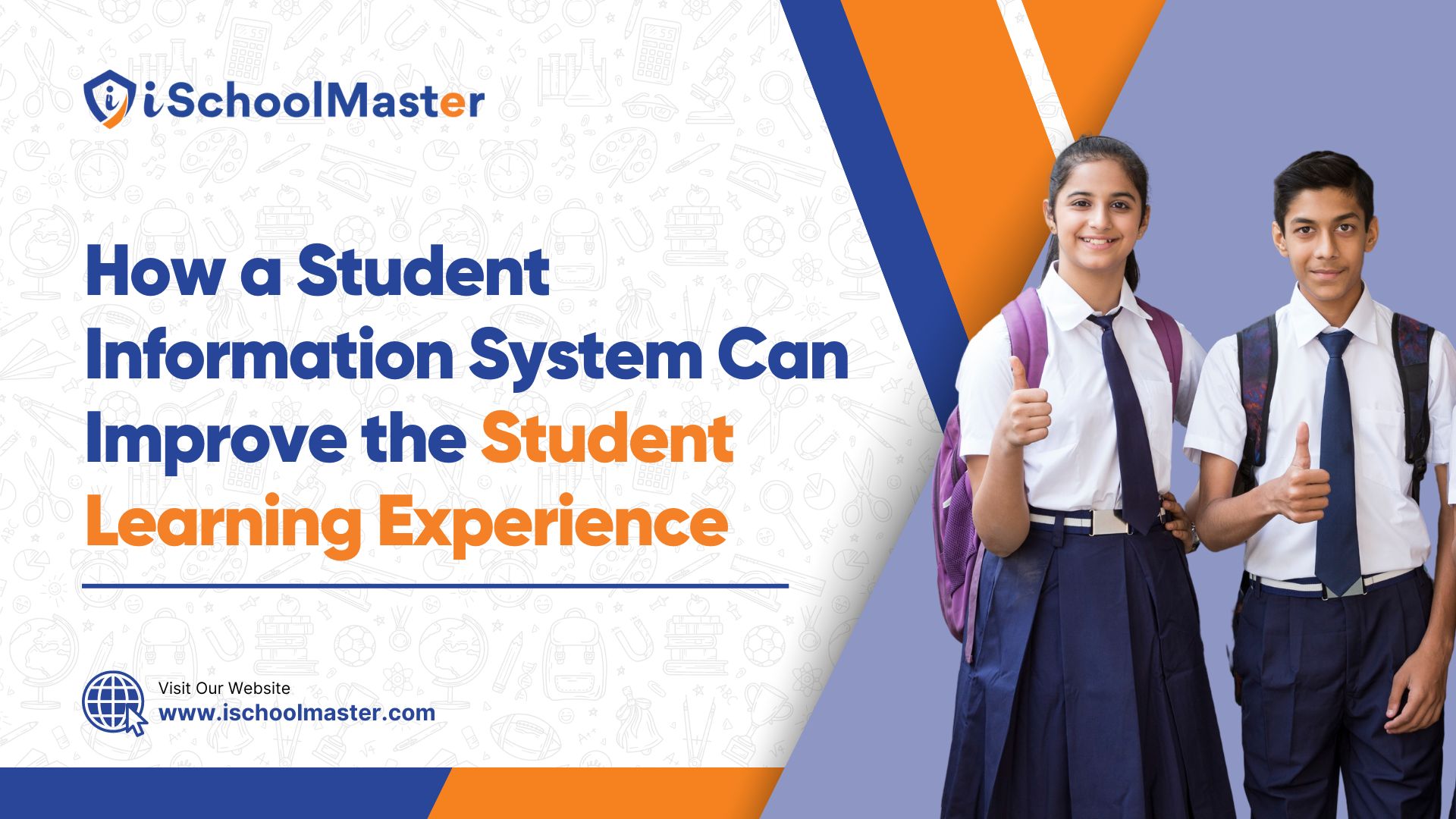Table of Contents
Student Information System (SIS), is at the forefront of this transformation by personalizing learning experiences for each student. This platform streamlines administrative tasks while enriching the educational experiences of pupils. This article details its workings and its impact on improving student learning.
Understanding Student Information Systems
Student Information Systems (SIS) are at the core of any educational institution, performing administrative duties while giving stakeholders real-time access to vital data. Their importance extends beyond administrative efficiency - providing insight into student performance and preferences can revolutionize pedagogy practices!
Administrative Process Streamlined
A student information system (SIS) not only simplifies administrative tasks but can also streamline other processes like enrollment, attendance tracking, and grade management allowing teachers to focus more on supporting and teaching their students. It works as an online attendance management system.
Data-Driven Insights
Systems for schools can generate dashboards and reports that provide teachers with valuable insights into student progress and performance. Teachers can use these reports to identify areas for improvement, track students over time, and adjust teaching strategies as needed.
Empowering Customized Learning
An SIS can help empower personalized learning trajectories for each student through data analytics and performance metrics, enabling educators to tailor teaching methods according to diverse learner needs. Furthermore, with detailed reports provided by a SIS system teachers can implement targeted interventions or provide additional resources that improve engagement and comprehension levels of their pupils.
Instruction for Individuals
With access to detailed student profiles and performance data, educators can tailor instruction, especially to each student. By creating different assignments using adaptive learning software or targeted interventions, educators can increase student engagement while encouraging academic growth.
Progress Monitoring and Feedback
An online student management system allows teachers to track real-time student progress and give immediate feedback about assignments and assessments, creating an atmosphere that fosters growth for all involved parties. This feedback loop creates a supportive atmosphere that encourages students' development.
Fostering seamless communication and collaboration
Communication and collaboration are cornerstones of an engaging environment, and an SIS provides transparent dialogue among stakeholders and collaboration among educators, parents, and students. Furthermore, educators can utilize the messaging capabilities of an SIS to convey important information, feedback, or assignments quickly to their students ensuring timely engagement.
Parental Engagement
A Student Information System can play a vital role in encouraging parental involvement by giving access to academic data and progress reports. Parents can then communicate with teachers directly and assist their children at home with academic support while staying informed on their child's journey toward educational excellence.
Better Communication:
An SIS is an ideal tool to facilitate communication among departments and administrative units within educational institutions. Academic advisors and student support services work seamlessly together to help their students succeed.
Empowering Data-Driven Decision-Making
Data-driven decision-making is at the core of exceptional education. A student information system (SIS) equips school leaders with powerful analytics tools that help them gain actionable insight into various aspects of school operations and students' performance, including patterns, improvement areas, and targeted interventions to maximize resource allocation.
Administrators can strategically allocate resources by analyzing student performance data such as attendance and behavior, employing insight for decision-making regarding budgeting, staffing, and programmatic initiatives.
Curriculum Enhancement
Data analytics enable educational leaders to measure the efficacy and efficiency of curriculum materials, teaching strategies, and assessment techniques. Administrators can improve the quality of education at their institution by identifying areas of improvement while aligning it with academic standards.
Enhancing Accessibility and Flexibility
Access is of utmost importance in today's digitally connected world, and student information systems (SISs) offer students access to educational resources at any time and place; their flexible features allow students to take advantage of educational materials, submit homework, or participate in virtual discussions without losing control or losing their access.
Remote Learning Opportunities
An SIS can ensure educational continuity during global events like the COVID-19 Pandemic by offering remote learning options that allow students to connect with instructors and access educational material from anywhere through online platforms and virtual classes.
Self-Paced Learning
A SIS allows students to take control of their education by offering self-paced opportunities for study. Students can progress at their own pace through asynchronous courses, flipped classrooms, and personalized learning paths.
Enhancing Student Motivation and Engagement
Engaging and motivating students are critical components of academic success. An SIS can play an instrumental role in this area by providing interactive tools, gamified components, real-time feedback mechanisms, and real-time feedback mechanisms - creating immersive learning environments that engage students while stimulating intrinsic motivation.
Interactive Learning Tools
A SIS may include interactive tools like multimedia resources, simulations, and virtual laboratories to give students hands-on experiences that help improve comprehension and retention.
Real-Time Feedback Mechanisms
Quizzes, polls and interactive assessments embedded into SIS systems allow educators to provide instantaneous feedback that reinforces learning objectives while leading students toward mastery of them. Real-time feedback facilitates active participation by students while helping track progress toward their mastery goal - fostering feelings of accomplishment among learners.
Conclusion
Adopting a Student Information System is an innovative step toward improving student learning. The transformative power of an SIS can be felt across many areas of an educational institution's operations - from administrative procedures and personalized learning pathways to communication, collaboration, and coordination. A robust SIS forms an essential cornerstone for 21st-century educational institutions that embrace innovation while adapting their programs to meet students' changing needs. If you are looking for the best school management system, call iSchoolMaster today.
Author - Rohan Nanda
Rohan Nanda is a seasoned content writer with 9 years experience in school management system, school software and erp solution content across multiple formats. He leverages his skills in crafting curated content on the school management system. In his personal time, He enjoys reading article and being up-to-date on trends in school erp technology.

